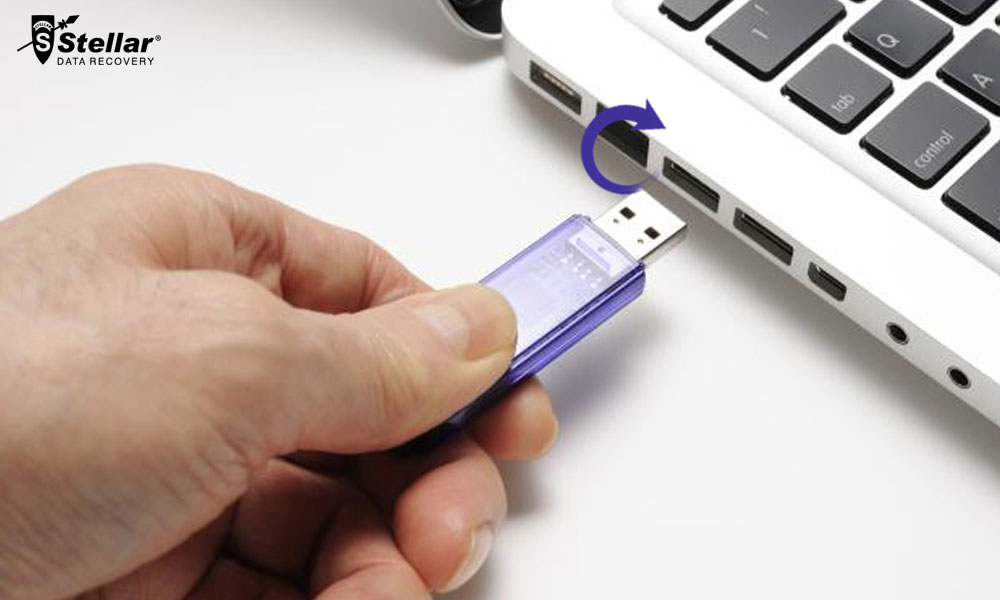
I don't know who to trust anymore.Format your USB drive to NTFS in Windows 11 with ease using either of the two methods outlined below. So the reason I'm posting this is not because I'm trying to save these cheap USB drives, I'm just genuinely curious what the heck had they done with and about your question about trying it with " the same procedure with a name brand USB stick" - I'm throwing it back at you - what's the name brand? They're all made in China now. exFAT, and it worked! I was able to copy the entire 14.6 GB folder. So I was about to throw out that USB stick myself, until I noticed this strange behavior (that I described above.) So then I decided to try another file system, which was available in the Win10 "format" menu, i.e. And PC 2 that refused to read that stick is Dell OptiPlex 3070 Micro, purchased from genuine Dell website.) (PCs are: the first one is my own build - about a year old, gaming rig. I can then repeat the same steps with another USB stick from the same batch.

Then format it with NTFS and the second PC again starts seeing it when empty.

Then copy 14.6GB onto it from one PC, safely remove it, plug it into USB-3 port on the second PC and it just doesn't see it at all. The stick gets recognized empty on both desktops. Again, steps are as follows:įormat it as NTFS. Since I had about x10 of those USB sticks, I tried the exact same thing with another stick of the same capacity. iso files, so I'm guessing that it wouldn't run if the file was half-baked.)Īlso another interesting observation. What's odd, guys, is that I was able to copy the entire 14.6 GB folder using the exFAT partition on that same USB stick and the files worked on the destination machine. Both with the latest updates hsehestedt and thanks for the tools. It was done only between two Win10 desktops. Couple observations and answers to your I did not run it on a Mac. You can try copying more than 4GB to it and it may report no errors but close inspection would show that when the drive is full it just starts overwriting existing data causing data loss.ĥ Tools to Test and Detect Fake or Counterfeit USB Flash Drives Īgain, there are several utilities - I like h2testw for it's simplicity.

See the article below for a description of this issue and links to utilities to test your USB sticks.Īn example of a symptom you might see might be a flash drive that reports itself as 16GB in size, but is really only 4GB. I would strongly suggest running a utility such as h2testw to test your memory sticks. Problems with fake memory sticks can be seen in several different ways, depending upon exactly what has been done with the memory stick. However, as soon as I hear "cheap Chinese USB stick" I worry about "fake" USB sticks. The initial issue with files over 4GB makes perfect sense - you cannot write files larger than 4GB to a FAT32 partition.


 0 kommentar(er)
0 kommentar(er)
